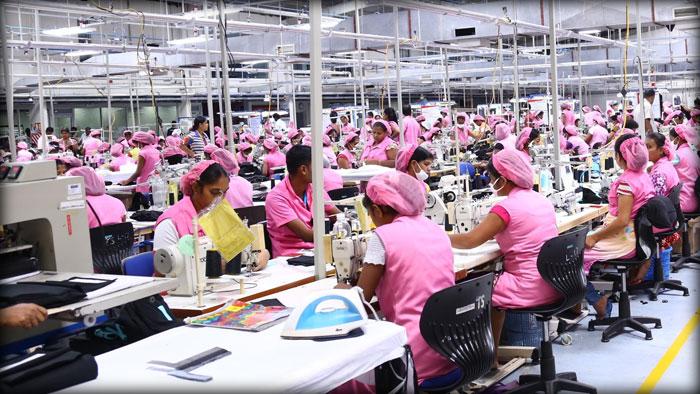
The apparel industry is considering changing its production model and making the basic garment in lower cost locations in other South Asian Association for Regional Co-operation (SAARC) countries where labour is cheaper and more abundant and doing higher value addition and exportS from Sri Lanka.
Secretary-General of the Joint Apparel Association Forum, Tuly Cooray said that the planned change in the apparel supply chain would allow the industry to overcome labour shortages here and offer better jobs and higher pay to the younger generation.
“We are exploring the possibility of getting the basic garment manufactured in other SAARC countries and doing the final value addition and export from here,” he told the Business Observer.
The industry is considering the change in its supply chain because of growing labour shortages in the country and rising costs. Some big apparel exporters such as Brandix have already set up plants outside Sri Lanka such as in Visakhapatnam, India from where they export.
“Right now we set up our factories there and do the final product,” Cooray said. “We are exploring all avenues because the labour market is extremely sticky in this country. “We do believe in up-scaling the operation with advanced technology so we can meet the aspirations of young people by employing them in the garment industry. We can offer them better jobs and higher salaries.” The industry also seeks to continue to make use of ‘regional cumulation’ provisions in preferential trade schemes such as GSP Plus which allow duty-free export to the European Union by trying to negotiate changes in the criteria.
Under the existing GSP rules of origin criteria, apparel products have to qualify under an origin criteria called ‘double transformation’ to qualify for preferential treatment. “Under the double transformation criteria, you start from fibre to fabric and fabric to garments,” explained Cooray. “At the moment the regional cumulation criteria permits us to procure inputs from the SAARC region,” he said.
